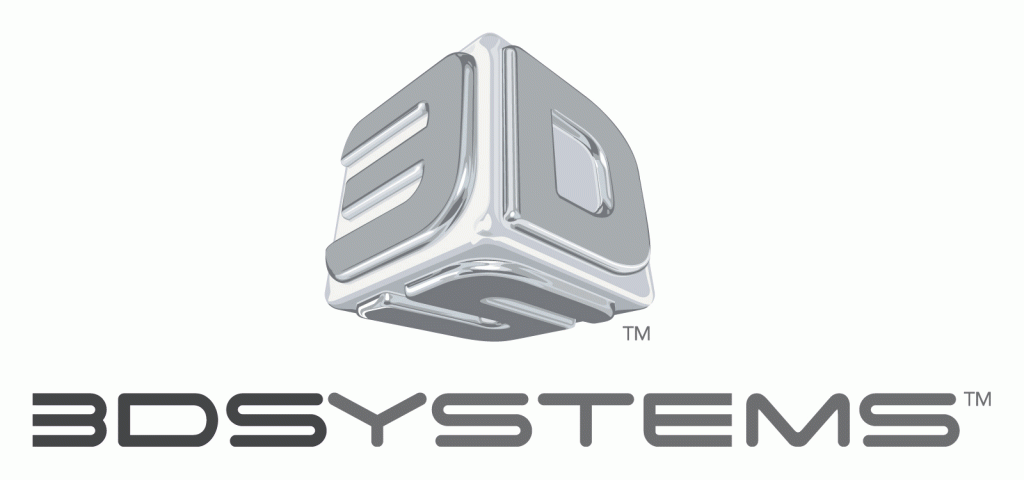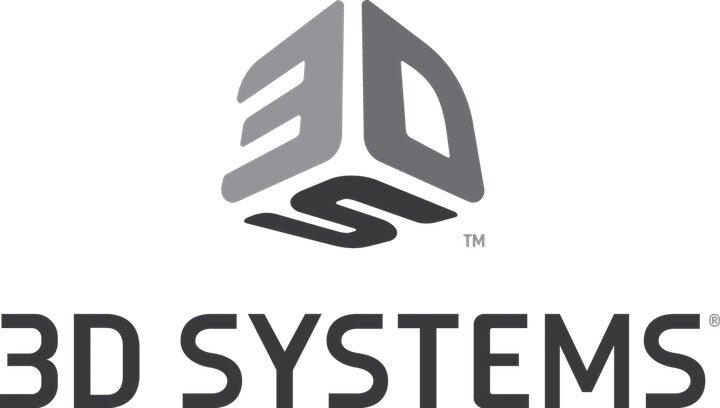
It’s the end of the first quarter of 2020 and financial results are now appearing, showing the first effects of COVID-19 on major 3D printing companies.
The first company to release their results has been 3D Systems, and it appears they are not doing too badly during the initial period of the crisis. The company has been consistently losing money each quarter for some time now, so it was clearly not expected they would suddenly become profitable.
As the first of several companies to release this material, it should be interesting to see how each company has reacted to the crisis.
3D Systems Q1 2020 Results
Let’s start with the basics; how did 3D Systems fare during the first quarter of 2020? It seems they still had a loss, but surprisingly it was a far smaller amount than the first quarter of 2019.
Revenue declined around 11% from US$152.0M to US$134.7M: a substantial, but not catastrophic, amount. Breaking down that revenue, we see that printer revenue declined 35.5%, but materials revenue declined only 0.1%. It seems that customers are not buying as many machines, but those they have are running as much as they ever have been. Healthcare revenue, a major portion of 3D Systems’s revenue, declined by only 7.3%.
This resulted in a per share loss of US$0.17, whereas last year in the first quarter the company posted a US$.022 loss per share. It turns out that 3D Systems is actually doing better this quarter than at this time last year, in spite of the conditions imposed by the COVID-19 crisis.
The drop in demand was due to a number of quite reasonable factors. They listed the follow as affecting their revenue streams:
- Capital expenditures are generally down, leading to fewer printer sales
- Elective dental procedures have slowed
- Supply chains have been disrupted, leading to general slowdowns in demand
- Customer sites were closed, lowering the need for services
What 3D Systems Did To Maintain Financial Stability
What, exactly, did 3D Systems do to achieve these results? This is the interesting part of the analysis.
It seems they have notably reduced expenses. Operating expenses were reduced by US$11.6M, and SG&A expenses were reduced by a similar 13.8%. The company reduced their research and development expenses by over US$2M as well.
Specifically, they did the following actions:
- Reduced executive compensation by 10%
- Furloughed a number of employees for “an average of two weeks”
- Stalled several R&D programs
- Reduced hiring
- Shut down on-demand operations in Brazil
Each of these don’t sound like big amounts, but together they were sufficient to notably affect the quarterly results.
The company ended up burning down a bit more of their cash reserve, which now stands at US$112.8M. Last year, this figure was US$133.7M.
COVID-19 Effects On Publicly Traded 3D Printing Companies
If 3D Systems undertook these actions to maintain financial stability, it’s very likely other major 3D printing companies are performing similar actions. It’s also possible these changes may become more permanent in the future, and especially so if the crisis deepens. For example, if they were able to operate with fewer staff, were they really needed in the first place?
One effect we may see is a delay in new products, partly as a result of the R&D decrease. If 3D Systems is putting off development projects, then that’s the likely result. This could be a challenging aspect for 3D Systems, who have been seeking a new hot product for some time. On the other hand, we don’t know which projects they canned and which are still underway. It’s entirely possible their new “hot product” is still being worked on in their labs.
Now I’m very curious to see how other publicly traded 3D printing companies report their first quarter. Did they do as well as 3D Systems? Or worse?
Via Seeking Alpha

